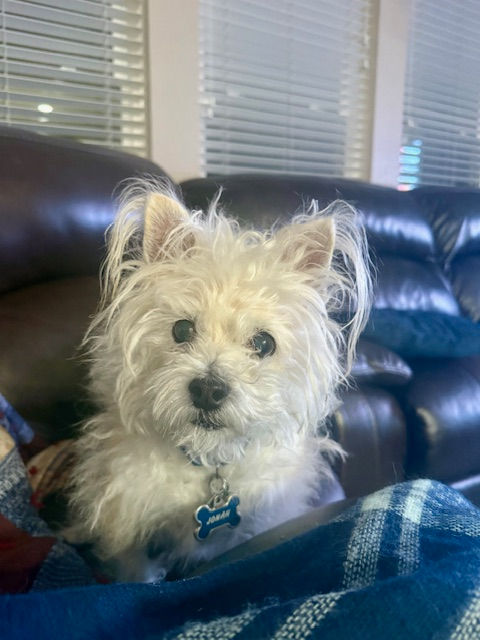Is the Best Yet To Come?
- Katina Wilkins

- Jan 2, 2024
- 7 min read
Updated: May 2, 2024
It is New Year's time. People all over are wishing each other health, happiness, prosperity…a much better year than last year. “May it be the best ever!”
At the crux of it all is hope. We all have hope for a better year, the best year! Think about your life. What in it would you like to see improved? Better next year than it was last year or ever?

For me, I would like better health (I had breast cancer last year) and better relationships with my family, understanding my role as mom of now adult children not living at home and wife with an empty nest.
People ask, “What’s your new year’s resolution?” But rarely do they ask, “What are you going to do to change that?” And even if you have a plan, there is a HUGE percentage of people who fall off that plan within the first 2 weeks. It seems like in more recent times, the word “resolution” has a negative connotation. So many jokes have been made about New Year’s resolutions that the word holds little value. Can we change? How?
This morning, the Lord led me to read the story of the Jesus’ first miracle of turning water into wine. I pray that as we walk through it today, the Lord will open your eyes to some new meaning in how it might relate to your “resolutions” or “hopes and dreams.”
Jesus Changes Water Into Wine (John 2:1-11)
1 On the third day a wedding took place at Cana in Galilee. Jesus’ mother was there, 2 and Jesus and his disciples had also been invited to the wedding. 3 When the wine was gone, Jesus’ mother said to him, “They have no more wine.”
4 “Woman, why do you involve me?” Jesus replied. “My hour has not yet come.”
5 His mother said to the servants, “Do whatever he tells you.”
6 Nearby stood six stone water jars, the kind used by the Jews for ceremonial washing, each holding from twenty to thirty gallons.
7 Jesus said to the servants, “Fill the jars with water”; so they filled them to the brim.
8 Then he told them, “Now draw some out and take it to the master of the banquet.”
They did so, 9 and the master of the banquet tasted the water that had been turned into wine. He did not realize where it had come from, though the servants who had drawn the water knew. Then he called the bridegroom aside 10 and said, “Everyone brings out the choice wine first and then the cheaper wine after the guests have had too much to drink; but you have saved the best till now.”
11 What Jesus did here in Cana of Galilee was the first of the signs through which he revealed his glory; and his disciples believed in him.
I have always taken this story at face value: the awesome first miracle of Jesus. But there is so much rich symbolism here, especially in regard to change.
First, have you ever noticed that when Jesus’ mother approaches Jesus, she doesn’t ask anything of Him? She announces to Him there is no more wine. There is a problem, and Mary comes to Jesus. Mary shows such faith and conviction that she doesn’t even word it as a question. She basically says, “There is a problem, and I am telling you about it.” Why? Think about it.
She KNOWS Him. As His mother, she knows Him deeply and intimately. She knows what HE is capable of. There is a problem, and she knows He is the only person who can take care of it. She is so sure that even though He tells her His time is not yet come, He will comply. Do you have such faith? She doesn’t know WHAT He is going to do. Just that He CAN do something.
Now consider, does she tell Jesus what to do? Or how to take care of the problem? When you have a problem, do you also provide Jesus the solution? I have to say, I am often guilty of it.
Next, notice what Jesus uses first. He uses vessels similar to those used for the Jewish purification rituals. This is clearly spelled out so it is something to be noted. Purification was needed according to the Levitical laws of Moses for many different situations, including touching dead bodies, any bodily fluids, diseases--basically for to make any unclean thing clean and ready to be made holy (Leviticus 15). There is no indication that they have ever been used that way; all we know is that they are empty. This description serves as both a visual for the reader but also as a metaphor for what is to come.





Comments